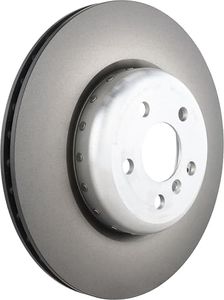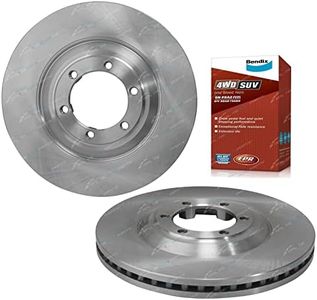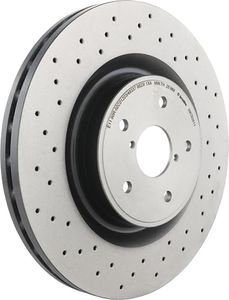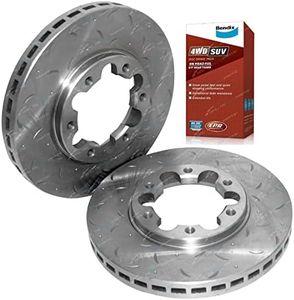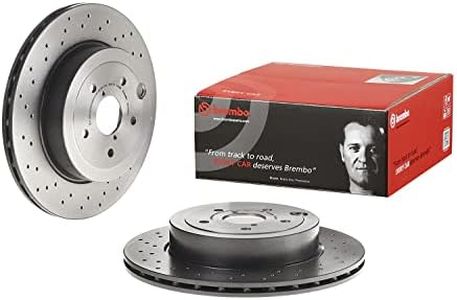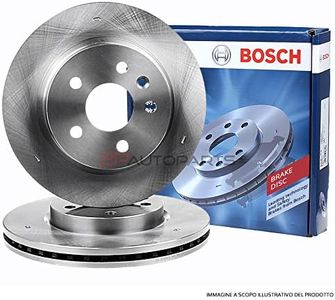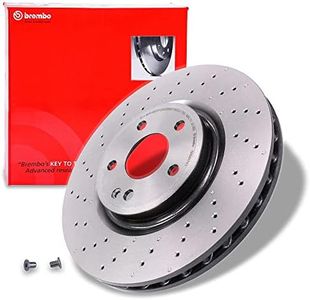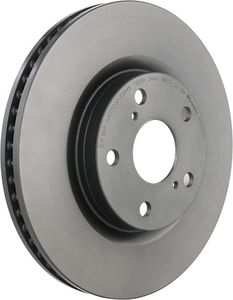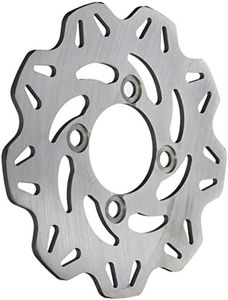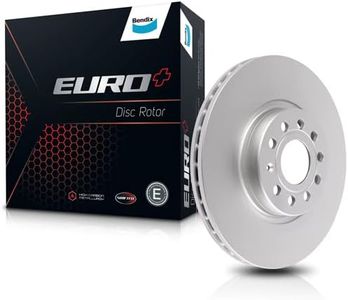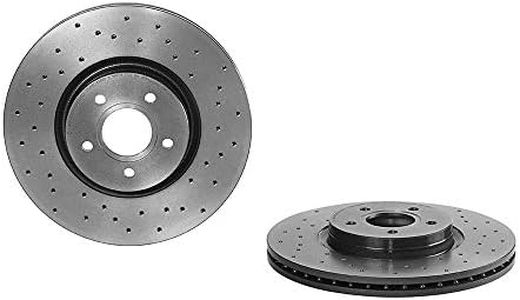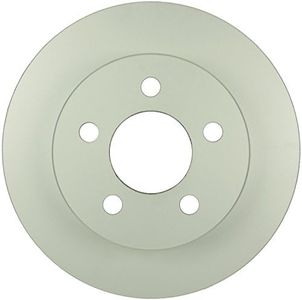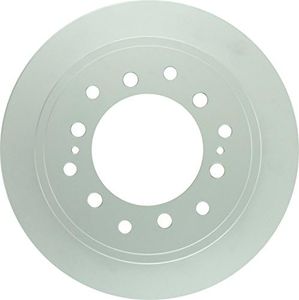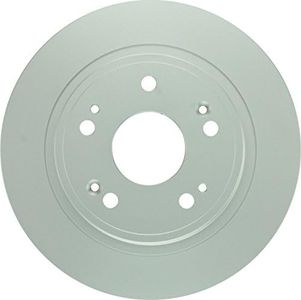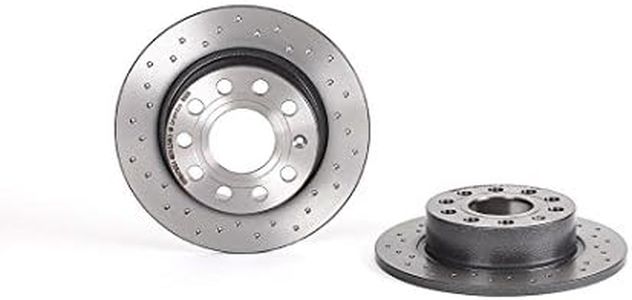We Use CookiesWe use cookies to enhance the security, performance,
functionality and for analytical and promotional activities. By continuing to browse this site you
are agreeing to our privacy policy
10 Best Brake Rotors
From leading brands and best sellers available on the web.Buying Guide for the Best Brake Rotors
Choosing the right brake rotors is important for both your vehicle’s safety and your driving experience. Brake rotors are a vital part of your braking system, and the best choice depends on the type of driving you do, your vehicle’s characteristics, and your expectations for braking performance. By understanding key features, you’ll be able to select brake rotors that provide reliable stopping power, last longer, and best fit your needs.Rotor MaterialRotor material refers to what the brake rotor is made from, commonly cast iron, steel, or carbon composite. This is important because the material affects how well the rotor handles heat, resists wear, and provides stopping power. Cast iron rotors are standard and offer good durability for most driving, while high-performance options like carbon composite are lighter and handle extreme heat better, which is often appreciated in sports cars. If you primarily do city or highway driving, standard materials work well, but if you often drive in demanding conditions, you may benefit from advanced materials.
Rotor Type (Solid, Vented, Drilled, Slotted)The type of rotor refers to its design: solid, vented, drilled, or slotted. Solid rotors are basic and suitable for light vehicles or rear brakes. Vented rotors have internal passages to help cool them down, making them better for high-heat situations like heavy braking. Drilled and slotted rotors have holes or grooves that help dissipate heat and keep brake pads cleaner. If you mostly drive in normal conditions, plain or vented rotors usually suffice. For spirited or high-performance driving, drilled or slotted rotors may help provide more consistent braking.
Size (Diameter and Thickness)Size refers to the diameter and thickness of the rotor. Larger or thicker rotors can absorb and manage more heat, improving braking efficiency and reducing the risk of warping under stress. Most drivers should stick to the size recommended by their vehicle manufacturer, as it ensures compatibility. If you’ve upgraded your brakes for performance reasons, you may consider larger rotors, but for daily use, the stock size is typically best.
Coating and Corrosion ResistanceSome rotors come with protective coatings to resist rust and corrosion, which is important if you live in a humid or salty environment where rust can develop faster. Coated rotors stay looking new longer and often perform better over time because they avoid rust build-up. If your area is prone to wet or snowy climates, opting for coated rotors can help extend their lifespan and maintain braking performance.
CompatibilityCompatibility refers to whether the rotor fits your specific vehicle make and model. It’s essential because the wrong size, bolt pattern, or mounting style could mean your new rotors won’t work or might even be unsafe. Always check your vehicle’s requirements or consult your owner’s manual to ensure any rotor you choose is designed to work perfectly with your brakes.
